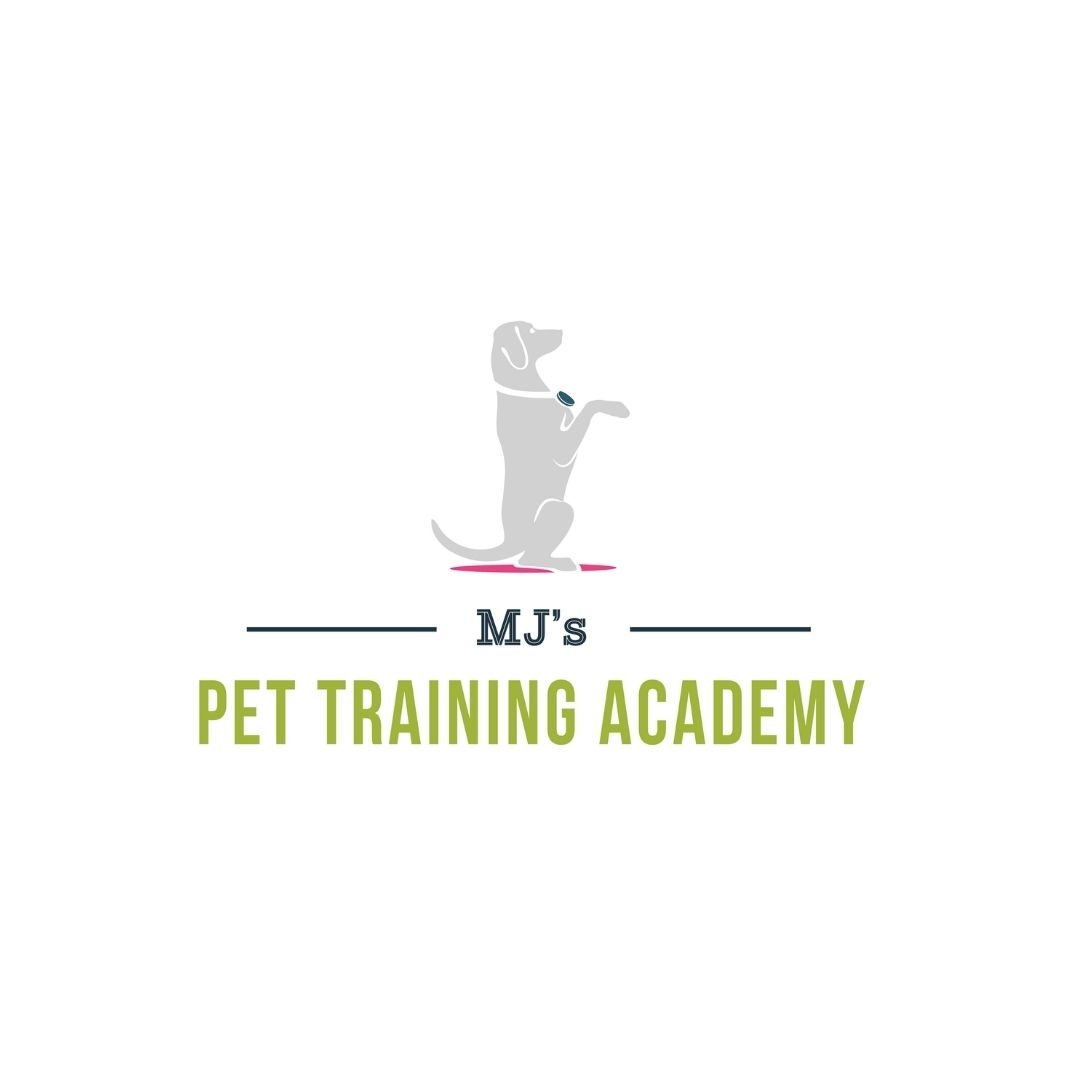Dog Body Language 101: A Skill Every Owner Should Learn
Understanding dog body language isn’t just for professionals. Dog owners can learn a lot about their pets by understanding how they communicate. There’s far more to body language than knowing what a wagging tail means. Learning to read your dog can help you recognize fear, pain, and more. It might even influence the way you train.
There are three key areas to focus on and practice if you want to get better at reading dogs. The most obvious is learning about body language itself. You can start by reading books such as “Canine Body Language: A Photographic Guide—Interpreting the Native Language of the Domestic Dog” by Brenda Aloff or “On Talking Terms with Dogs: Calming Signals” by Turid Rugaas. Both are excellent references you can return to often. Another way to learn is by observing dogs in different contexts. Watching dogs play can teach you a lot about communication, but it shouldn’t be your only reference point. Watch how dogs work sheep, respond to cues in the obedience ring, or behave while being groomed. You may not have the opportunity to see all of this in person, but you can find videos online. Take notes on your observations and compare them with trusted resources.
Another way to improve your skills is by becoming a better listener. Both professionals and pet owners sometimes make the mistake of interpreting body language without “asking” the dog a question. For example, if you’re training your dog and you praise and pet her enthusiastically after she does something right, but she doesn’t seem eager to repeat the behavior, you’ve missed a chance to ask what was reinforcing for her. Does your dog enjoy being praised and petted that way? Not all dogs do. Even in everyday interactions, you can check in with your dog. Pet her for a few seconds, then stop. Does she lean in for more, or does she walk away and shake off? Every dog is different, and we can’t assume we know what they want at any moment. This applies to grooming as well. A dog that is struggling during grooming often needs more guidance or a break, ideally before it reaches its limit. Sometimes, taking a dog off the grooming table for a few minutes can make all the difference. Positive, cooperative grooming is often misunderstood, but understanding how dogs communicate is the key to creating experiences that meet their needs.
The third part of this is training yourself to be sensitive to body language. Think about how a writer notices and describes small moments instead of moving through the day on autopilot. We can apply that same skill to spending time with our dogs. In training, you’ll notice if your dog seems confused or is avoiding something. Training shouldn’t be stressful. By reading your dog, you can teach clearly and kindly.
Reading dogs is about knowing your own dog’s baseline so you can spot when something is off, and about understanding the universal ways all dogs communicate. Dog owners can take the time to learn these skills to give their dogs better experiences. It’s about becoming attuned to another living being, and that’s a skill worth practicing.
